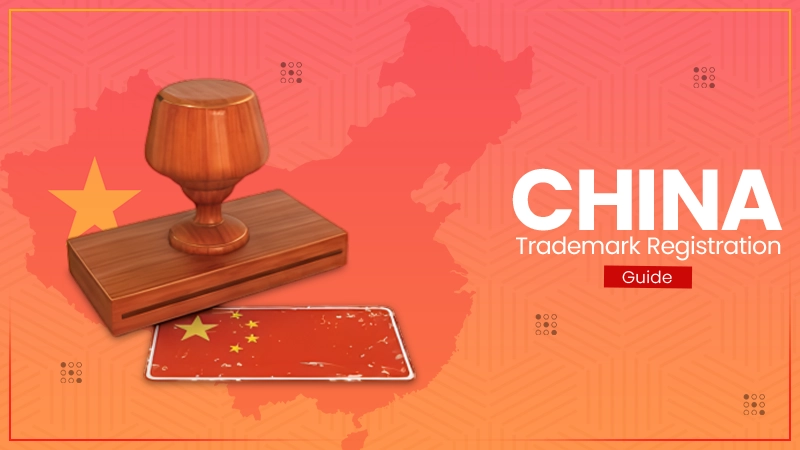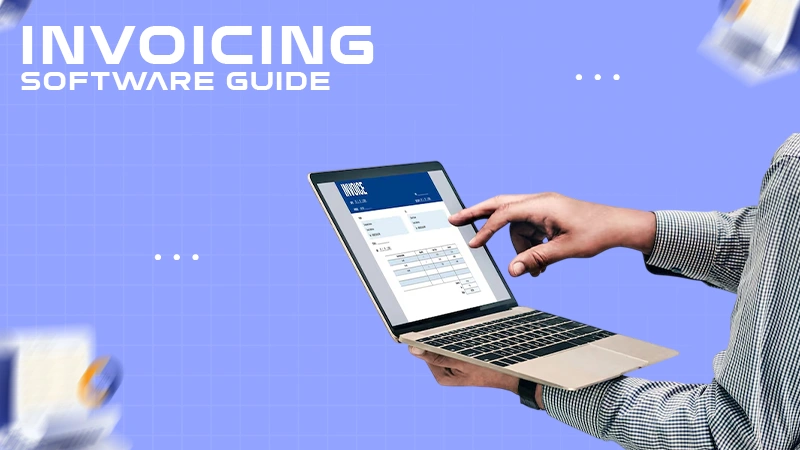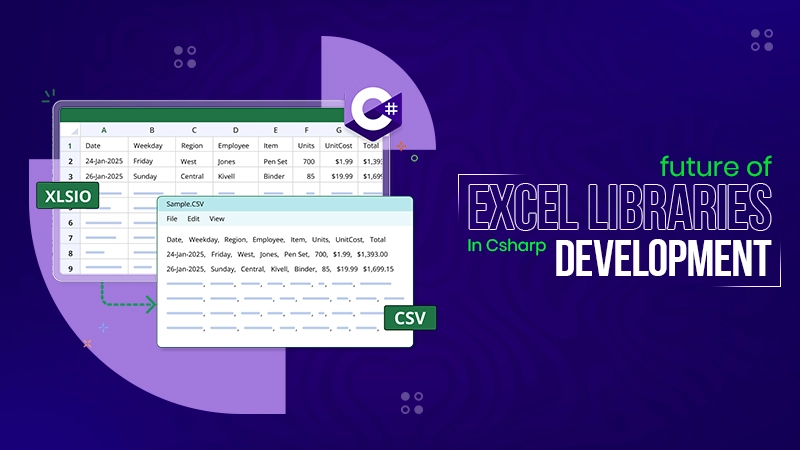Selecting the right excipients is crucial in early formulation design. These inactive substances play a significant role in enhancing drug solubility and stability. They also impact pharmacokinetic outcomes. Understanding and selecting the appropriate excipients are vital for formulation scientists. The process influences the overall success of a drug’s development. This guide offers clear, concise guidance to assist scientists in making informed excipient choices for preclinical stages.

Key Criteria for Excipient Selection in Preclinical Stages
Choosing excipients requires a focus on several critical criteria during the preclinical stages. Formulation scientists must consider the objectives of the study and ensure compatibility and solubility. These steps help in crafting effective formulations that don’t compromise the drug’s efficacy.
Aligning with Study Objective
Formulation scientists must align excipient selection with their study objectives. For instance, if the objective is to improve bioavailability, scientists should select excipients that enhance absorption. Consider solubilizing agents if the drug has poor aqueous solubility. For studies focused on extended release, select polymers that control release rates. If stability is the goal, prioritize materials that can protect the drug under various conditions. This alignment ensures the formulation supports the intended pharmacokinetic profile and strengthens the overall Formulation Development plan.
Considering Physicochemical Compatibility & Solubility Strategies
Physicochemical compatibility impacts the formulation’s success significantly. Excipients must not react adversely with the active pharmaceutical ingredient (API). Scientists should conduct compatibility studies early to prevent unwanted interactions. Solubility strategies involve selecting excipients that improve drug solubility. Techniques like salt formation or using solubilizing agents can be employed. Employing cosolvents or surfactants can increase solubility of poorly soluble drugs. Scientists should use these strategies to overcome solubility challenges and enhance drug delivery.
Practical Strategies & Technologies for Efficient Screening
Efficient screening is imperative in early formulation design. Leveraging modern strategies and technologies can enhance the selection process. These tools streamline the search for suitable excipients and improve formulation outcomes.
Solubility-Enhancing Tools
Solubility-enhancing tools include solid dispersion technologies and the use of cyclodextrins. These tools increase the drug’s apparent solubility. Nanotechnology offers options such as nanoemulsions or nanoparticles to improve solubility significantly. Spray drying and hot melt extrusion can create solid dispersions that dissolve faster. Emulsification can also enhance solubility for lipophilic drugs. Formulation scientists can use these tools to improve the delivery and effectiveness of poorly soluble compounds.
High-Throughput Screening & Absorption Prediction Tools
High-throughput screening (HTS) technologies streamline the excipient selection process. They allow testing multiple formulations quickly and efficiently. HTS identifies combinations that yield optimal results in solubility and stability. Additionally, absorption prediction tools provide insights into bioavailability improvements. Computational models aid in predicting how excipients influence absorption and distribution. Scientists can predict performance in biological systems before clinical trials, saving time and resources.

Leveraging Insights from WuXi AppTec’s Approach
WuXi AppTec’s approach can provide valuable insights for formulation scientists. They focus on tailoring strategies based on preclinical objectives and selecting rapid vehicles.
Tailoring Formulation Strategy by Preclinical Objective
WuXi AppTec tailors formulation strategies to align with specific preclinical objectives. They emphasize a bespoke approach for each project. If enhancing solubility is an objective, they use appropriate solubilizing agents or formulations. For projects focused on stability, stress testing guides excipient selection. This customization ensures that each formulation meets its precise developmental goals. Scientists can adopt this approach to achieve more refined and successful formulations.
Rapid Vehicle Selection Based on Physicochemical Properties
At WuXi AppTec, rapid vehicle selection leverages an understanding of physicochemical properties. They integrate tools assessing solubility, stability, and compatibility to recommend vehicles that align with the properties of the drug substance. This matching reduces development time and enhances formulation effectiveness. Such an approach also aids in regulatory compliance, considering the excipient interactions at different stages.
Best Practices to Avoid Pitfalls
Following best practices can prevent common pitfalls in excipient selection. Avoiding these can streamline the development process and enhance safety and efficacy.
Preventing Drug-Excipient Interaction Risks & Safety Issues
Drug-excipient interactions can cause stability issues or reduced efficacy. Preclinical testing helps to identify potential interactions early. Scientists should consider the chemical and physical properties of both the drug and excipients. Safety issues can be prevented by complying with toxicological standards and evaluating excipient safety profiles. Using excipients with established safety records is recommended.
Ensuring Scale-Up Readiness, Regulatory Compliance & Tactical Design
Scaling from preclinical to clinical production requires readiness. Excipients chosen must support large-scale manufacturing without alterations in formulation quality or characteristics. Regulatory compliance involves ensuring excipients meet guidelines set by agencies like the FDA. Scientists should design formulations that comply with all regulatory standards from the onset. Tactical design involves creating formulations with commercial viability and patient compliance in mind.
Conclusion
Selecting the right excipients in early formulation design is crucial for the success of pharmaceutical development. By considering study objectives, physicochemical properties, solubility, and compatibility, scientists can craft effective formulations. Leveraging technologies like high-throughput screening aids in efficient selection. Using insights from industry leaders further refines strategies. Avoiding pitfalls ensures that formulations meet safety and regulatory requirements. This thoughtful approach solidifies the foundation for successful pharmaceutical products.









